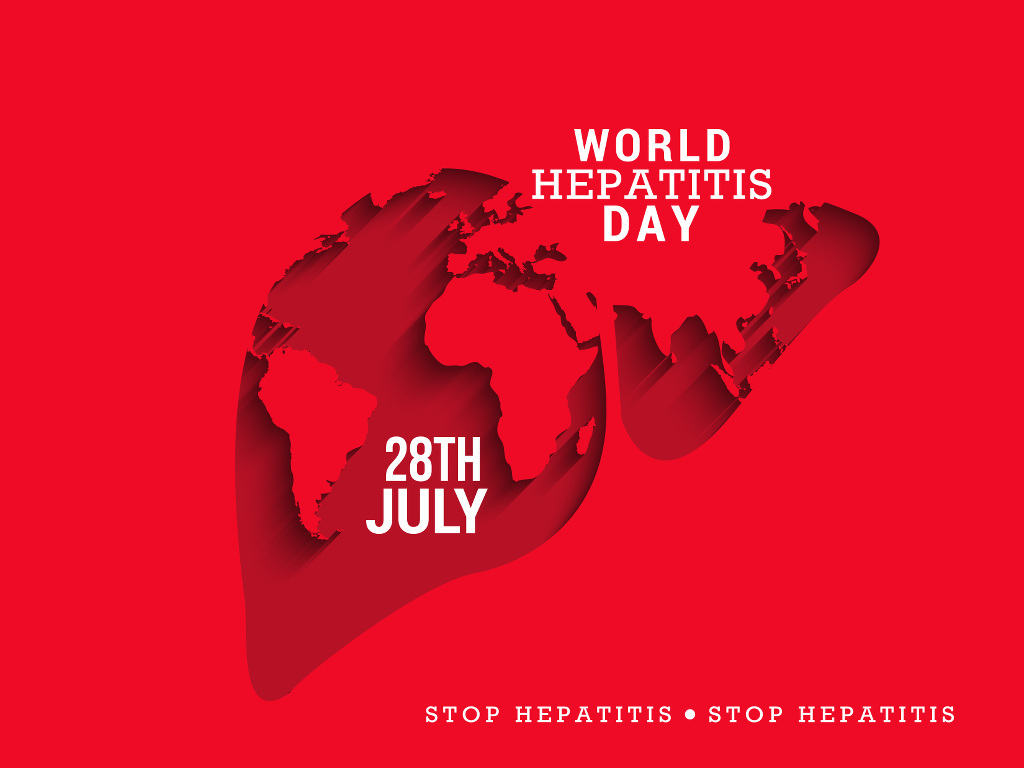Contents:
Medical Video: Hepatitis B Facts
Hepatitis is one of the many major health threats in the world. It is estimated that there are more than 2 billion people worldwide diagnosed with Hepatitis B infection (HBV) and about 350 million people have chronic hepatitis B infection. What's more, the death rate from hepatitis B reaches 500,00-700,000 people each year.
What is the condition of hepatitis in Indonesia?
1. Indonesia ranks second in the country with the highest number of Hepatitis B cases in ASEAN
Ranking second after Myanmar, citing data published by the Ministry of Health of Indonesia in 2012 from Citizen, the total number of people with hepatitis B in Indonesia in 2007 reached 13 million.
Based on the results of the 2014 Indonesian Ministry of Health's Basic Health Research (Riskesdas), an estimated 10 out of 100 Indonesians are infected with hepatitis B or C. This means that there are 28 million Indonesians infected with hepatitis B and C, 14 million of which have the potential to develop until chronic stage, and 14 million cases of chronic hepatitis have the potential to develop liver cancer.
2. East Nusa Tenggara ranks first as the highest case of hepatitis
Five provinces in Indonesia with the highest rates of hepatitis sufferers in 2013 were East Nusa Tenggara, Papua, South Sulawesi, Central Sulawesi, and North Maluku.
The incidence of hepatitis in East Nusa Tenggara reached 4.3% of the total population, increasing by 2.4% since 2007.
3. Achievement of successful targets for hepatitis immunization is experiencing a surge
Immunization coverage in 2012-2013 recorded a surge exceeding the specified target, which is 80 percent. The immunization project in the city of Lombok has shown a decrease in the incidence of positive hepatitis B from 6.2 percent to 1.4 percent in children younger than five years. In Surabaya and North Sulawesi, the prevalence of positive hepatitis B in preschool children is reported to be 0 percent, a result associated with universal HB vaccination.
4. On average hepatitis patients in Indonesia fall into the productive age group
On the other hand, despite the success of achieving immunization targets, the prevalence of hepatitis from 2007 to 2013 continues to increase in each age group. The highest incidence of hepatitis is found in the 45-54 age group (1.4%) with a surge of around 0.6% in the period 2007-2013, followed by the age group 25-34 years and 15-24 years.
Reporting from the Indonesian Ministry of Health Information Data Center, this condition appears to contradict the immunization efforts that were actively proclaimed from 200 to 2013.
5. Men who are fishermen, laborers and farmers are more vulnerable to hepatitis
The proportion of the incidence of hepatitis in Indonesian men and women did not experience a big difference; Indonesian men who have hepatitis accounted for 1.3 percent, while women were 1.1 percent.
Meanwhile, most cases of hepatitis in Indonesia are found in the working groups of farmers, fishermen, and laborers with a percentage reaching 1.4 percent when compared to groups of employees (private, state, entrepreneurs) and unemployed.
6. East Jakarta ranks first in hepatitis cases in pregnant women in DKI Jakarta
Three areas in DKI Jakarta that have cases of active, chronic, or acute hepatitis B (HBsAg +) pregnant women are East Jakarta (3.4%), Central Jakarta (3.23%), and West Jakarta (3.18%) , with an average of pregnant women with positive hepatitis B in DKI Jakarta reaching three percent of the total population.
Early detection in pregnant women aims to cut the chain of transmission downward to the fetus, which is the biggest cause of transmission in countries with high endemic levels.
7. The highest risk group for hepatitis B (HBV) infection in Java is dominated by dialysis patients
Reporting from a published journal NCBI in 2014, dialysis patients (hemodialysis) in Yogyakarta were in the first warning as the highest risk group of hepatitis B transmission with a percentage of 11.2%, followed by homosexual men in Solo as much as 9.8 percent and commercial sex workers in Surabaya as much as 4 percent.
In Indonesia, the prevalence of HBV / HIV co-infection is found to be higher than single HBV infection, as is the case with neighboring countries such as Vietnam and India. However, there have been no reports of cases of HBV / HIV co-infection in commercial sex worker groups in Indonesia.
8. Health care workers in Indonesia have a high risk of getting hepatitis B
The rate of positive hepatitis B (HBsAg +) incidence has been classified as high endemic in the health service provider group with a percentage of 8.8 percent, followed by Hemodialysis Unit service personnel as much as 5.7 percent.
According to RI Ministry of Health data, the prevalence of health workers in DKI Jakarta diagnosed with positive hepatitis B reached 2.55 percent, with details of Central Jakarta (5.33%) and West Jakarta (3.9%) as the two regions with the highest positive hepatitis B cases to health care workers.
9. Types of chronic hepatitis B in Indonesia are different from some Asian countries
At present, the hepatitis B virus is classified into 9 parts. The most commonly found in Indonesia are B3 and C1. The hepatitis B subgenotype in Indonesia is HBV / B3, different from the HBV / B1 and HBV / B2 subgenotypes commonly found in other Asian countries, such as Taiwan, China, Japan, and Hong Kong.
Furthermore, the HBV / C subgenotype in Indonesia is the most widely spread HBV / C1 on the island of Java and HBV / C6 in Papua; Both are different from HBV / C subgenotypes that spread in China and Japan.
The distribution of genotype / subgenotype types can vary even in a number of different areas within a country, which may be due to the ethnic origin of the sufferer. Each genotype has a unique response to treatment.
10. There is no cure for hepatitis B
Until now, there are no drugs that can cure chronic hepatitis B infection. However, there are a number of treatments and therapies that can slow the work of the virus against liver disease in sufferers. If there is little HBV produced in the body, there will be less damage to the liver.
READ ALSO:
- Benefits of exercise for liver health
- Recognize three classic symptoms of cervical feet
- Can hepatitis B be transmitted through dialysis?












